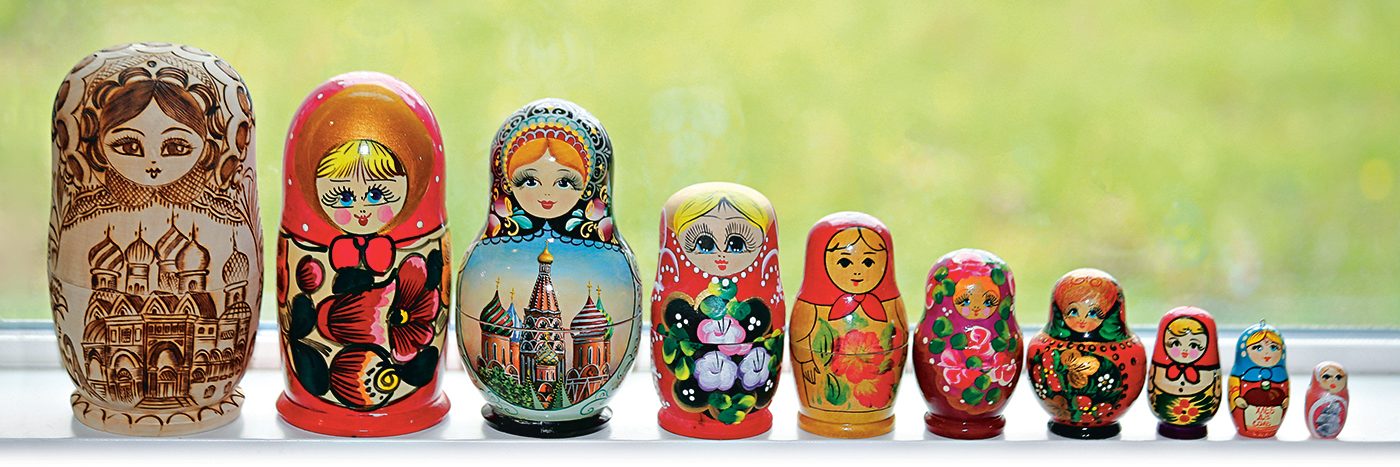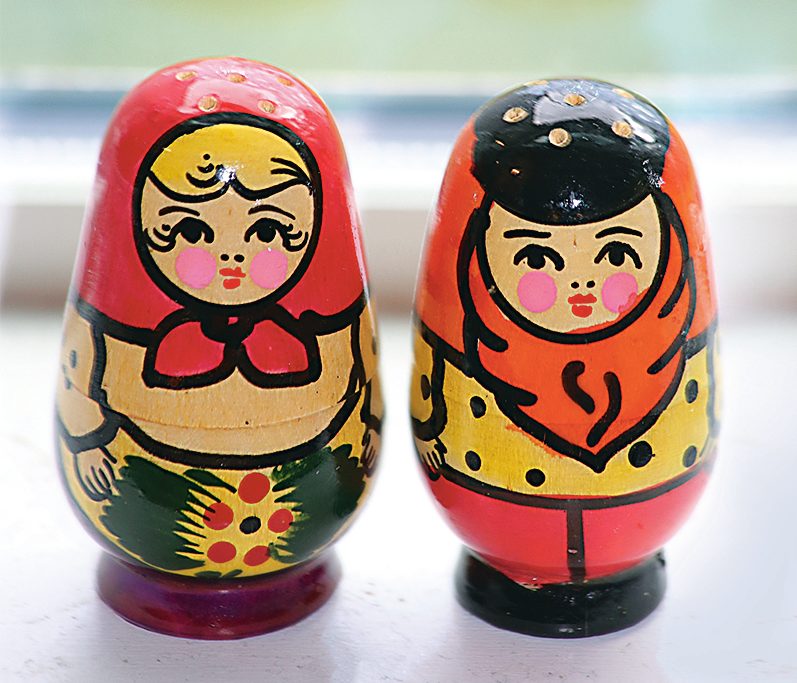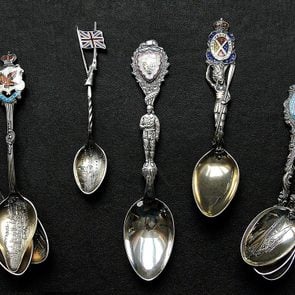My Matryoshka Dolls Are More Than Just Child’s Play
These beautiful nesting dolls have taken on new layers of meaning in adulthood.

My Grandmother’s Matryoshka Dolls
My fascination with Matryoshka dolls began when I was a young girl. My grandmother, whom I adored, had a set that she would let me play with when I went over to her house. I’m not certain exactly who she got it from, or how long she’d had it, but she seemed to really treasure it. I can still remember the way that I felt playing with the little family of beautiful wooden dolls. I was told that they came from a country far away. That felt magical to me and sparked a curiosity about other places.
As an adult, I started my own collection partly as a colourful, nostalgic way to remember my grandma and the times spent with her as a child.
I spent several years working as an English teacher abroad, where I picked up some dolls. I discovered that when I was living as an expat, my little collection gave me a sense of home. Now that I spend more time in Canada, they are also souvenirs of my travels.
Apart from the sentimental reasons, nesting dolls are a beautiful folk art and I love the tradition and history behind them.
Some of the dolls in my collection were gifts from friends or family. A few became stowaways on my own stints abroad, and others I rescued from bazaar sales or curiosity shops here in Canada. A couple of them I have passed on to little girls in my family so that they could start their own collections. Each set has a different feeling associated with it and a story behind it.
Highlights of My Collection
I am a person who is very inspired by colour so I love the bright, cheerful patterns of each of the dolls. That being said, one of my favourite sets in my collection is one that is decorated not with paint, but with a wood burner, leaving it a natural wood tone. The set I love the most, however, is a beautifully made doll with Moscow’s St. Basil’s Cathedral painted on the front. My mother gave it to me for my birthday one year. I admire the artistic quality of the doll, and the fact that it’s a gift from my mom makes it even more special. Matryoshka does after all come from the Latin word meaning “mother.”

Apart from the traditional ones, I have picked up Matryoshka salt and pepper shakers, a coin purse, a Christmas ornament, a set of measuring cups, earrings, and a coin bank. I even made a Ukrainian Easter egg one year in the form of a “babushka doll.”
I like to imagine the journey the dolls were on until landing in my hands. Who were the artists who crafted them? When were they made? How many different towns and homes had they nestled in? What sentimental value did they carry?
I find it charming that much like the Matryoshka dolls themselves, this collection has several layers of meaning for me. It’s a quirky way to combine my interests in folk art and vintage decoration. It pays homage to my sweet grandmother, and it’s a whimsical memento of the beautiful people and places I have visited and gotten my dolls from.
Next, find out why the French cartoon character Bécassine remains so collectible, 120 years on.






